Ai Weiwei, monumental works, films and Lego blocks at the MUSAC in León
Until May 18, 2025, the Museo de Arte Contemporáneo de Castilla y León proposes an ambitious exhibition on the Chinese artist and activist.
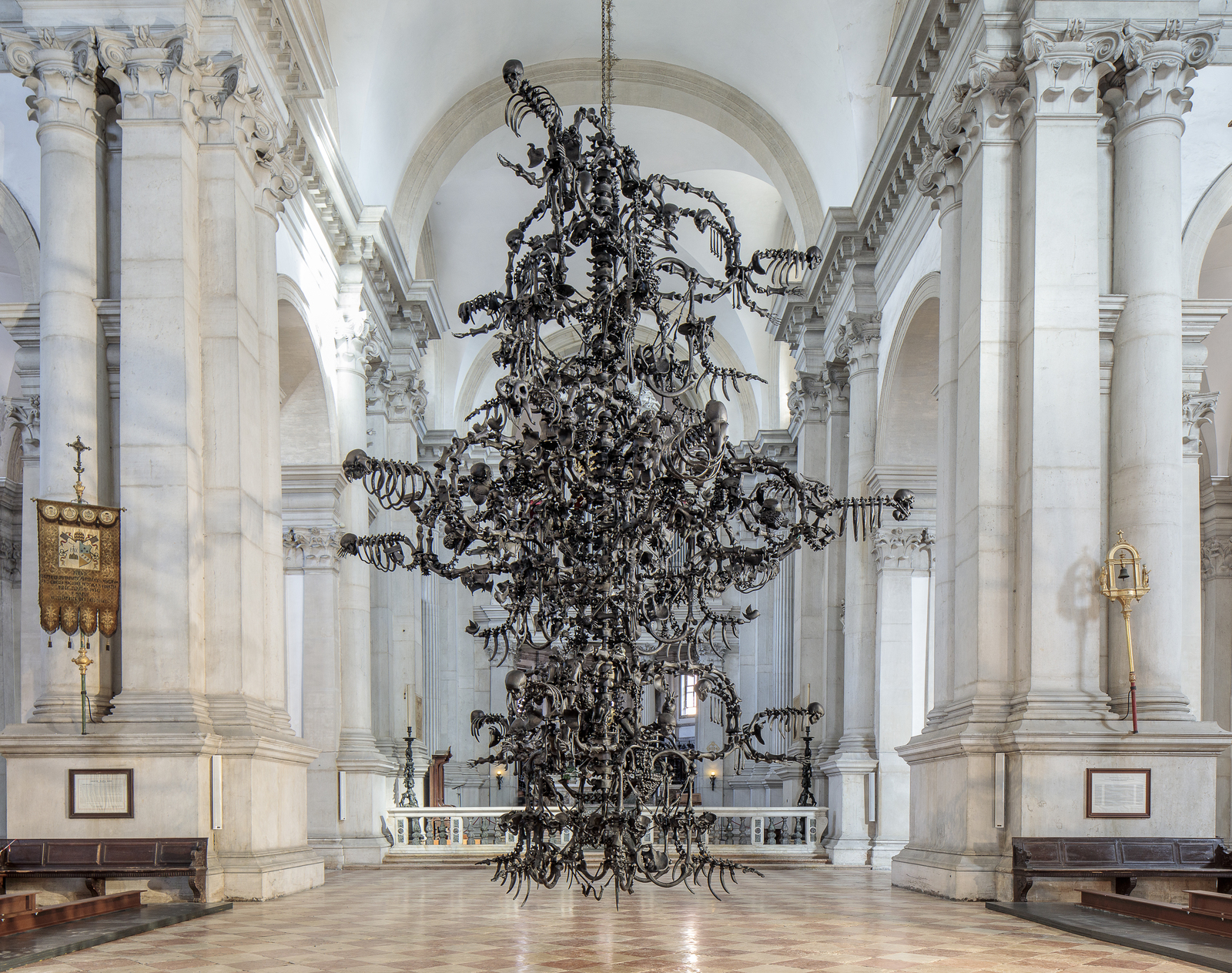
Without a doubt, the artist Ai Weiwei (Beijing, China, 1957) leaves no one indifferent and the Don Quixote exhibition at MUSAC in León is a unique opportunity to position himself. After his most recent solo exhibition at the Design Museum in London (2023), this is the first museum to exhibit the series of works made with LEGO or WOMA building blocks more widely. In addition, given the size of many of the pieces, the exhibition has been designed specifically to be shown in the halls of the MUSAC, given the impossibility of exhibiting them in other museums. The selection, made by the curator and director of MUSAC Álvaro Rodríguez Fominaya together with the artist exclusively for this occasion, brings together 44 works including installations, pictures of toy construction bricks, sculptures, videos and films that occupy 1,700 square meters, more than half of the exhibition area of the museum of Mansilla y Tuñón.
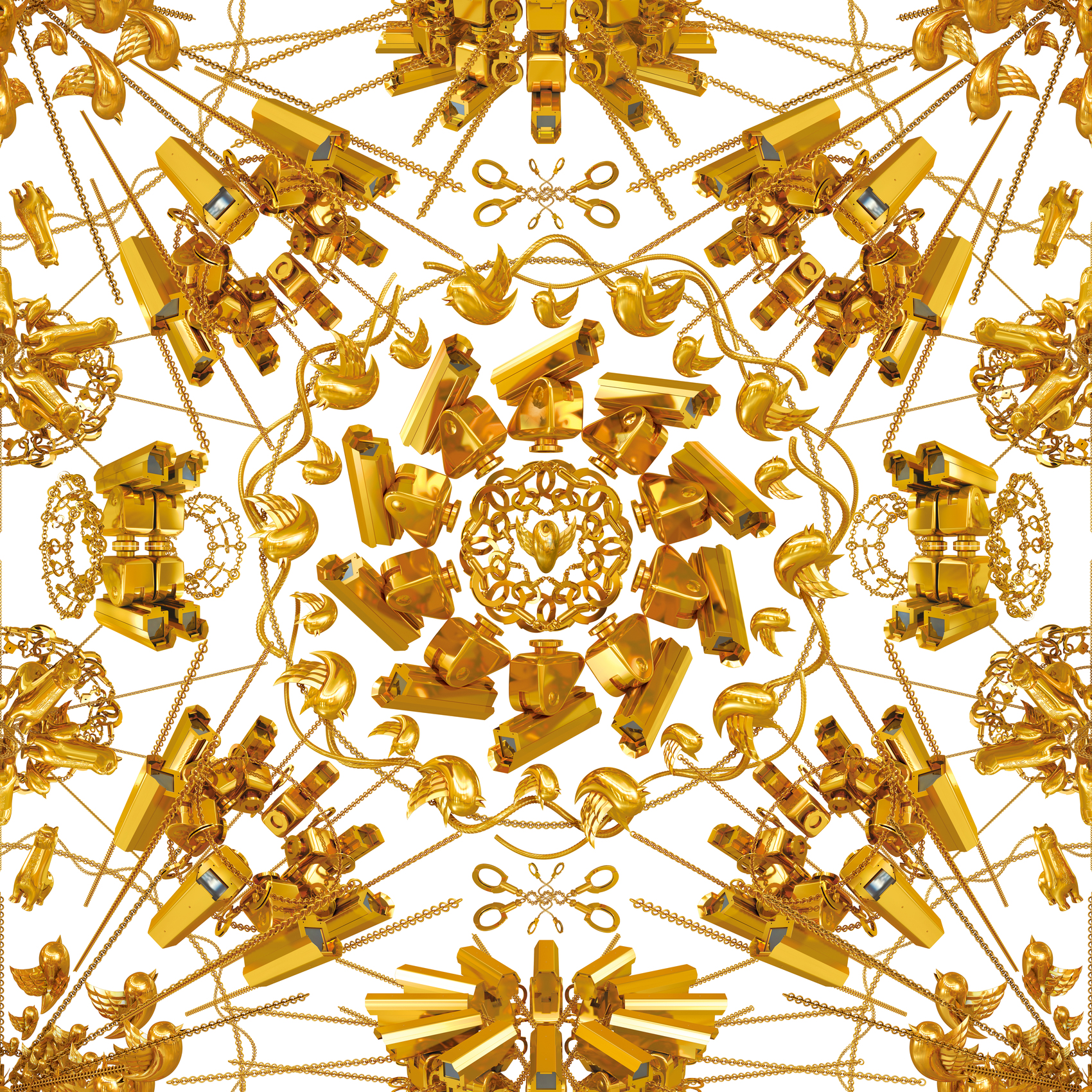
The exhibited works gather the production of the last 20 years of career of this creator, essential in the international contemporary scene, awarded with prizes such as the Praemium Imperiale of sculpture in Tokyo (2022) and recognized as honorary academician of the Royal Academy of Arts in London (2011). Famous for his dissident political stances with respect to his country of origin and for his activism in favor of human rights, he has made incursions into the world of architecture. He collaborated with Herzog & De Meuron as artistic advisor on the Beijing National Stadium (2088) and the Serpentine Gallery pavilion (2012).
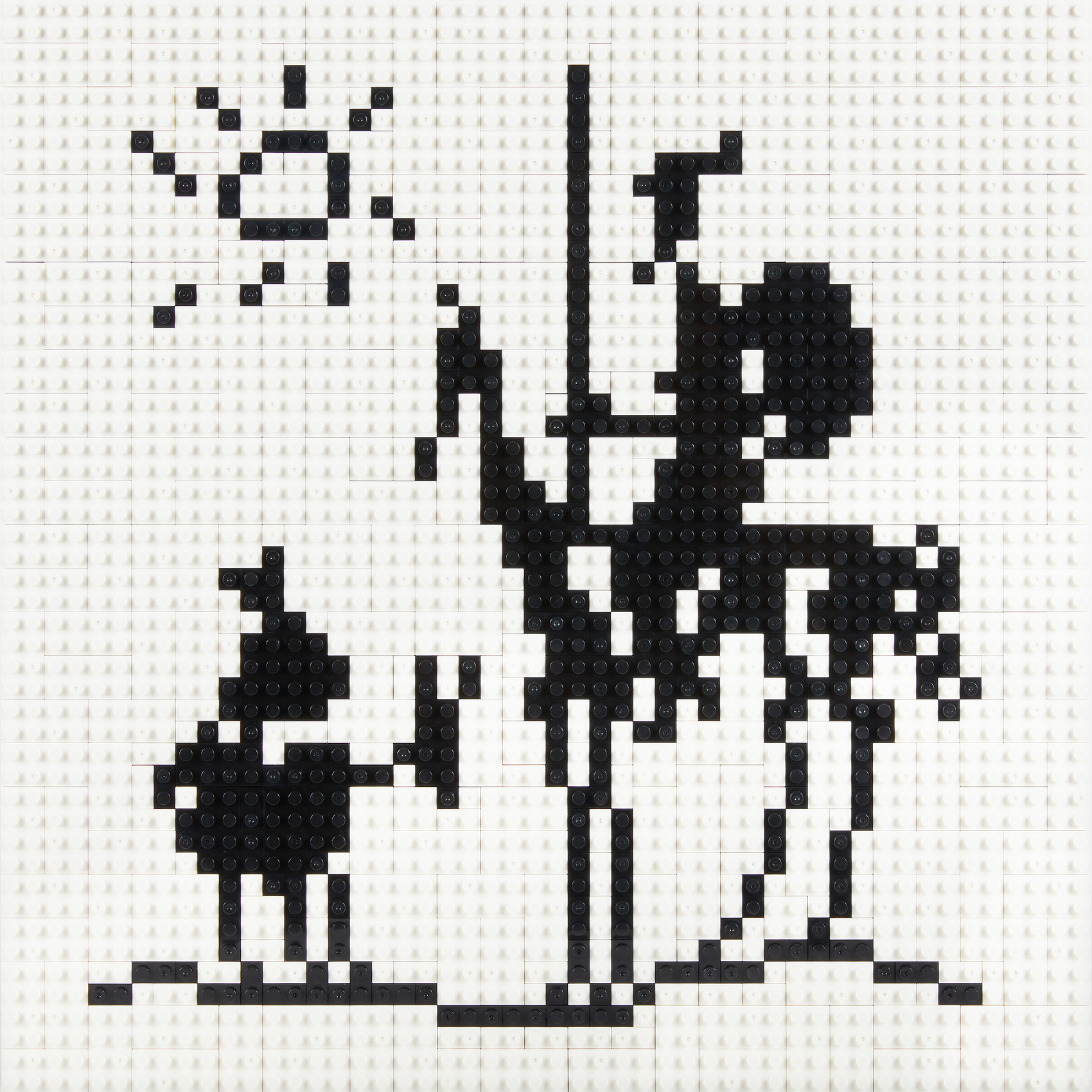
The title Don Quixote goes back to Ai Weiwei’s childhood, which recalls the cover of Cervantes’ book, its illustrations and the synthesis made by his father, the poet Ai Quing, deported to deserts in remote lands, a scenario in which the child imagined the adventures of Don Quixote and Sancho Panza, a fantasy in the face of the Maoist doctrine imposed in his country.
More than a retrospective, the curator says that the exhibition takes a chronological tour from 2008 to 2023, so that “the central themes of his work are addressed: freedom of expression, migratory crises and the defense of human rights,” he says. The exhibition stands out for being designed in an immersive way, wrapped in a kind of skin made of large-format works displayed as a floor-to-ceiling wallpaper, with more than six meters high. It also includes a dozen films that show his work in film and video art, from the documentary Human Tide to the video Beijing recorded from a van that travels 2,400 kilometers through the streets of Beijing.
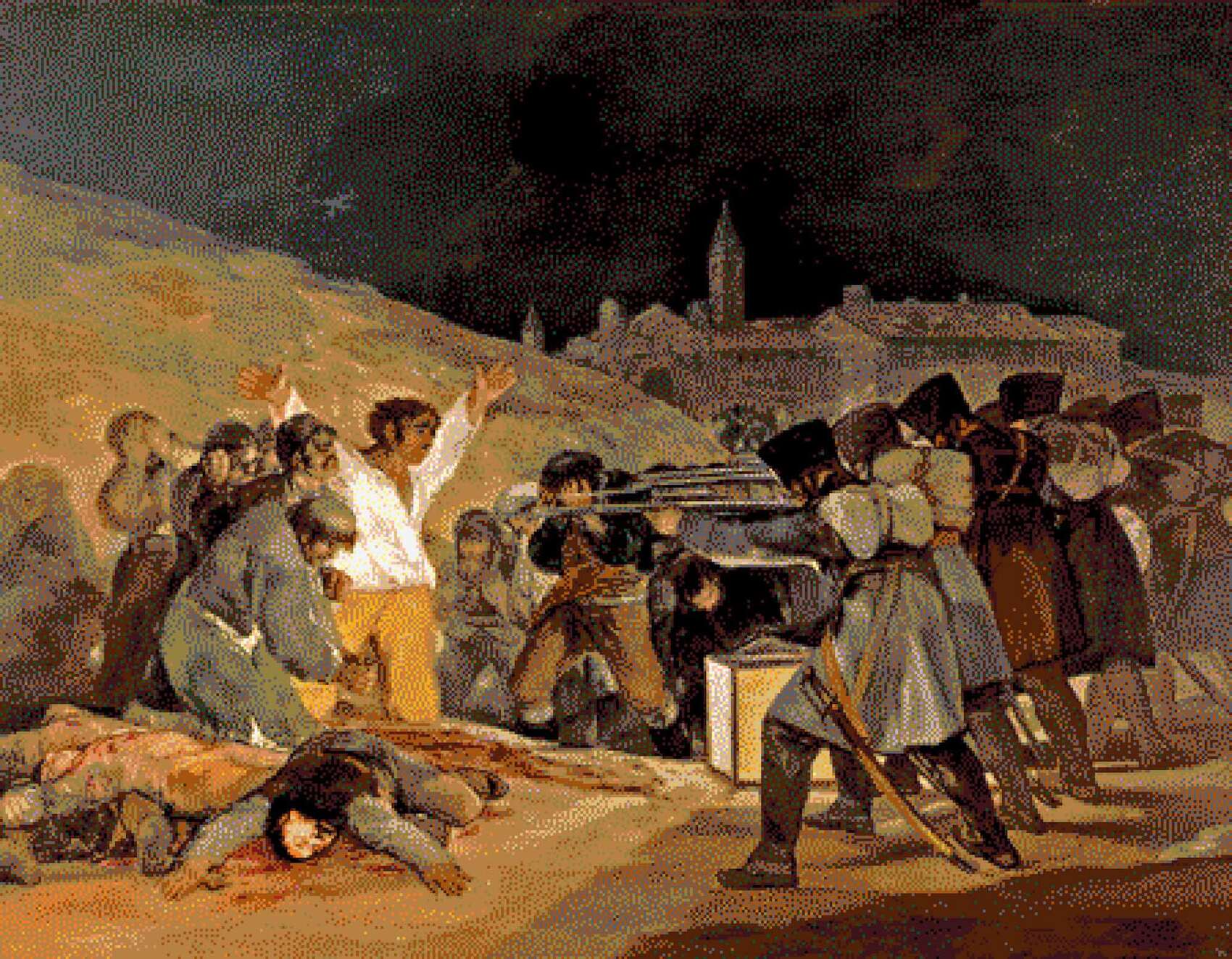
As for the works made from building blocks, with which the artist has been working since 2007, 19 of the 60 he has made so far can be seen at MUSAC, which, in his own words “are the perfect tool to question the political and aesthetic past of art”. Among them, you can see The Third of May (2023), an unpublished painting produced for this exhibition that versions Goya’s work, El tres de mayo en Madrid. “I saw something familiar in these images, especially in the haunting scene of the Spanish insurgents being executed: a powerful depiction commemorating Spanish resistance to Napoleon’s army,” he recounts.
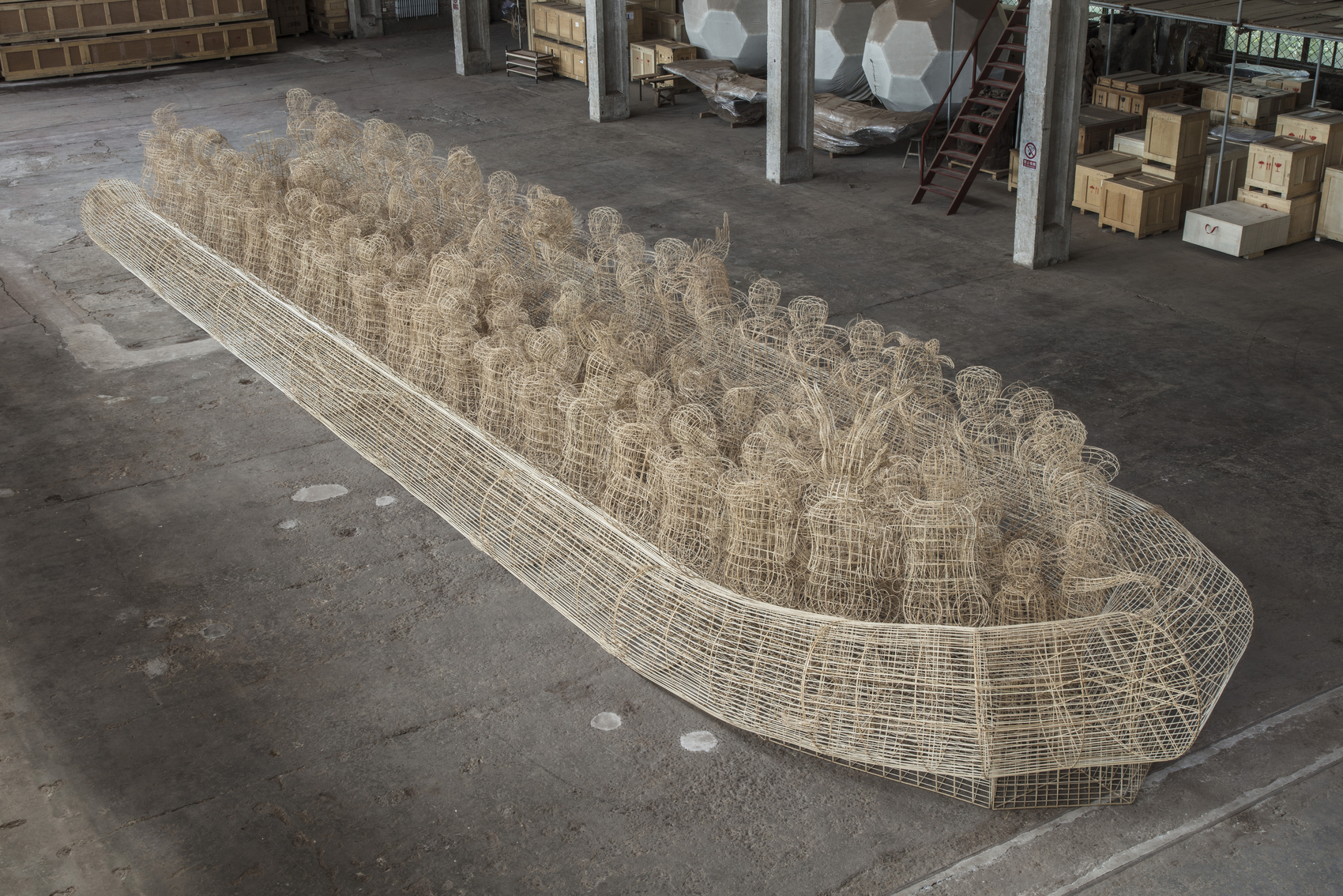
Among the large-format works, the one entitled La Commedia Umana ( 2017-2021), which is being shown for the first time at MUSAC, is particularly striking. It is more than eight meters high, six meters wide, weighs 2,700 kg and has some 2,000 pieces that make it the largest Murano chandelier ever made. “This gigantic black chandelier was handmade by artisan glassmakers in collaboration with the foundation dedicated to glass work, Berengo Studio,” in the words of Rodriguez Fominaya. Also large, Life Cycle (The Cycle of Life (2008), represents a zodiac boat over 20 meters like those used by refugees made of bamboo and using traditional techniques to make kites, a metaphor.
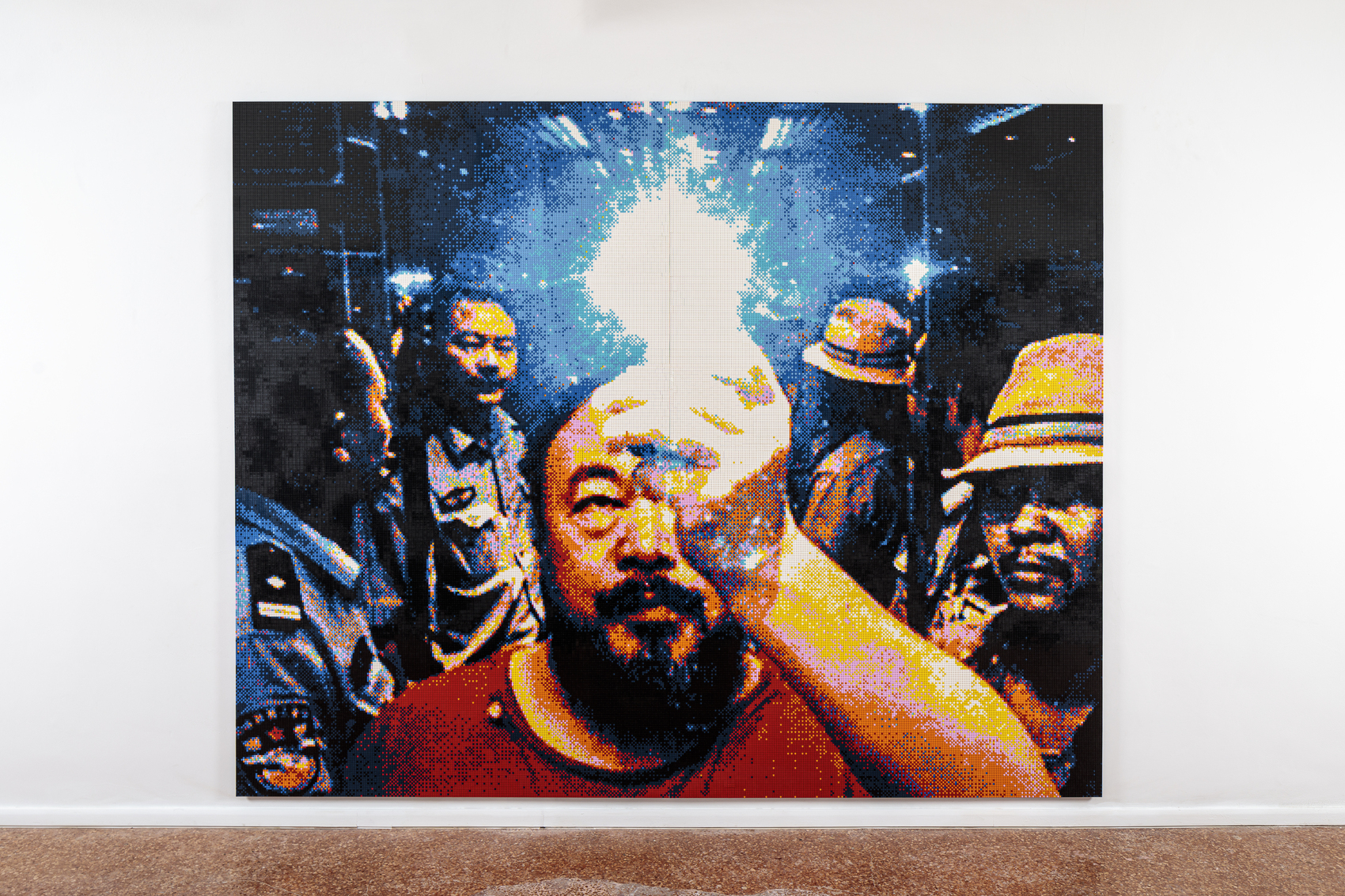
Editor: Beatriz Fabián
Beatriz is a journalist specialized in offline and online editorial content about design, architecture, interior design, art, gastronomy and lifestyle.